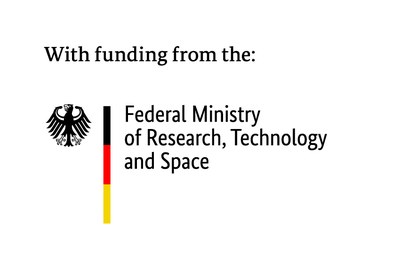
Contact

Dr. Hermann Tempel
Acting Department Head Functional Materials and Components
Building 10.22 / Room 3010
+49 2461/61-96570
E-Mail
Dr. Yasin Emre Durmus
Building 01.3z / Room 4003
+49 2461/61-96667
E-MailFeEnCap
Encapsulated iron materials for iron slurry/air accumulators for stationary energy storage with high capacity
The ever-increasing demand for the use of renewable energy sources such as wind and solar has emphasized the need for sustainable energy storage systems. Storing and utilizing the surplus energy from these renewable energy sources to stabilize the grid has brought a lot of attention to stationary energy storage systems. One of the promising alternatives to conventional systems is the iron-slurry/air battery, as it is cost-effective, highly efficient and environmentally friendly. Therefore, the FeEnCap joint project will address the further development of iron slurry/air batteries as stationary energy storage systems.
In such a metal slurry/air configuration, the active mass of the battery is pumped through the cell in the form of a slurry during operation. The slurry consists of active particles, an aqueous alkaline solution and other additives. As most of the active mass is stored in a reservoir, this design offers very high storage capacities regardless of the power density. As part of the FeEnCap joint project (partners: Varta Microbattery GmbH, IBU-tec advanced materials AG, inprotec AG, Walter Lemmen GmbH, VDEh-Betriebsforschungs-institut GmbH), the challenges of the iron slurry/air battery are being addressed in order to improve performance and rechargeability. In addition to the search for promising approaches to reduce the contact resistance between the particles and to avoid deposits on the discharge electrode, further investigations into the use of different composite materials are also being carried out. The aim of the joint project is therefore to research iron-containing materials and their use in iron slurry electrodes to improve the electrochemical behavior of the battery. The significantly improved charging and discharging behavior of the slurry electrodes with the new iron-containing materials is also to be demonstrated in further developed iron slurry/air cells.

